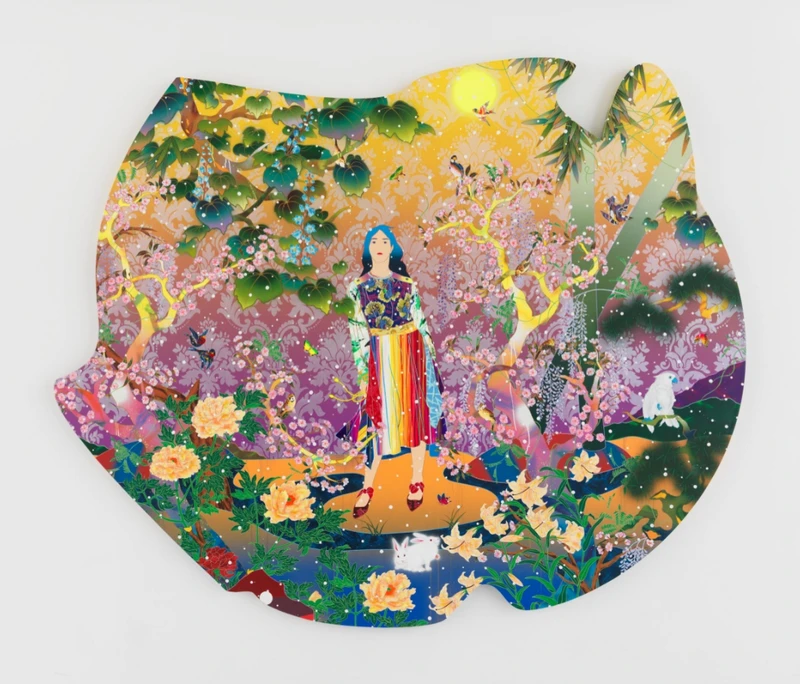Tomokazu Matsuyama


b. 1976, Japan
Tomokazu Matsuyama (b. 1976, Japan) creates work that responds to his own bi-cultural experience of growing up between Japan and America by bringing together aspects of both Eastern and Western aesthetic systems. His practice repositions traditional icons within a broader global context in order to create a distinctive style that resists cultural categorization and embodies what the artist refers to as the “struggle of reckoning the familiar local with the familiar global.” By raising questions of national and individual identity through the formal qualities and subject matter of his paintings, Matsuyama examines the “natural chaos” of our social environments and challenges viewers to confront their own conceptions of cultural homogeneity. Matsuyama is influenced by a variety of subjects, including Japanese art from the Edo and Meiji eras, classical Greek and Roman statuary, French Renaissance painting, post-war contemporary art, and the visual language of global, popular culture as embodied by mass-produced commodities. Matsuyama currently lives and works in Brooklyn, New York. He received his MFA in Communications Design from the Pratt Institute, New York. Matsuyama’s important exhibitions include the Long Museums in both Shanghai and Chongqing, China; Hong Kong Contemporary Art (HOCA) Foundation, Hong Kong; Japan Society, New York, NY, USA; Harvard University, Cambridge, MA, USA; Katzen Arts Center at American University Museum, Washington, DC, USA; and Museum of Contemporary Art Museum, Sydney, Australia, among other galleries and institutions. Matsuyama’s works are in the permanent collections of LACMA, Los Angeles, CA, USA; Asian Art Museum, San Francisco, CA, USA; The Royal Family, Prince of Dubai, UAE; Bank of Sharjah Collection, Dubai, UAE; Microsoft Collection, and more.